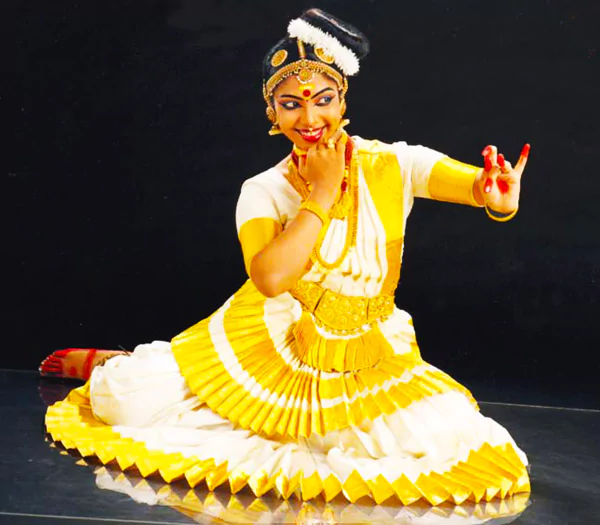![]() 28 Mar 2024
28 Mar 2024
Recently,the Kerala Kalamandalam, a deemed university for arts and culture, has lifted gender restrictions to learn Mohiniyattam.

| Must Read | |
| NCERT Notes For UPSC | UPSC Daily Current Affairs |
| UPSC Blogs | UPSC Daily Editorials |
| Daily Current Affairs Quiz | Daily Main Answer Writing |
| UPSC Mains Previous Year Papers | UPSC Test Series 2024 |
<div class="new-fform">
</div>